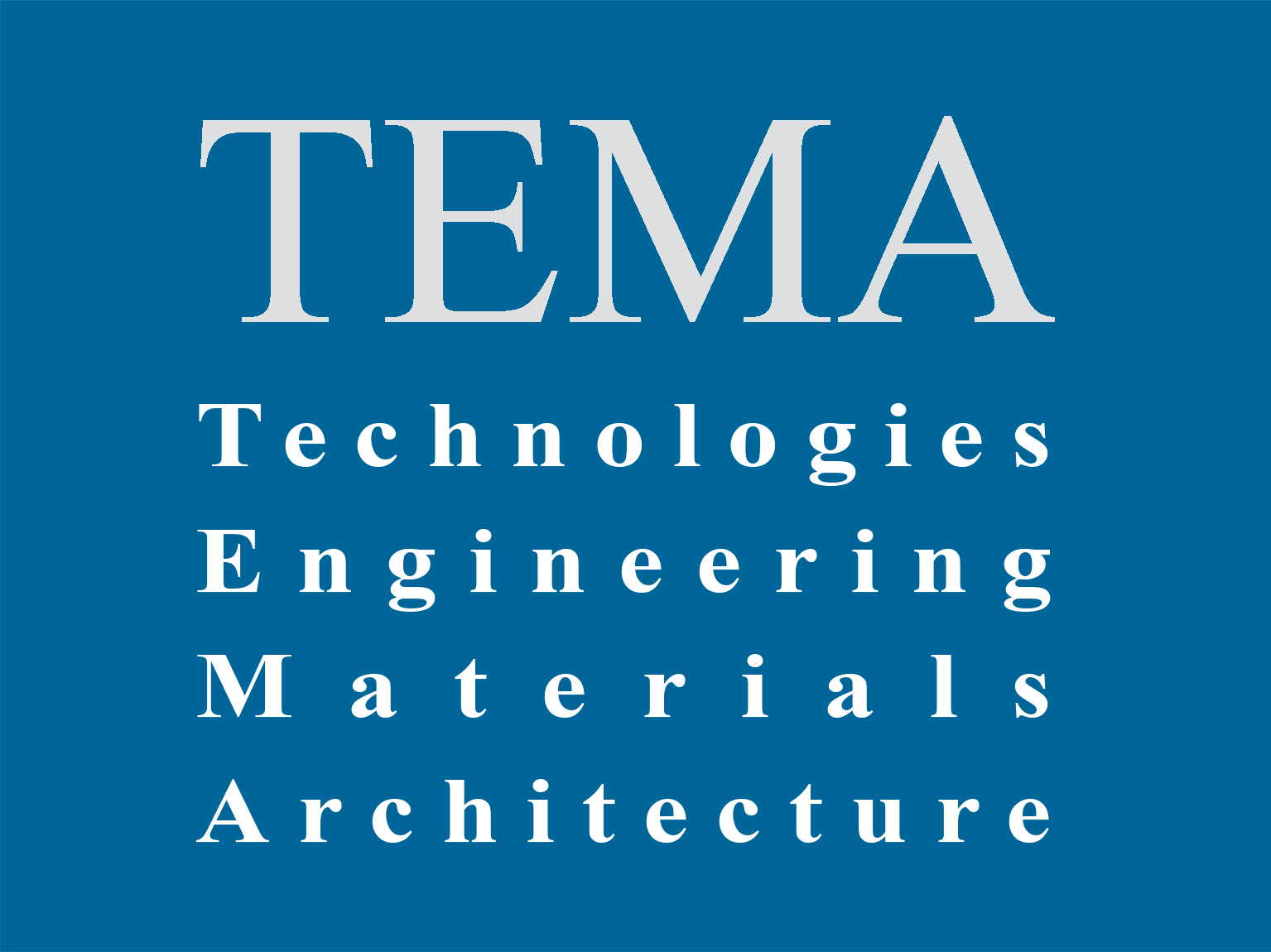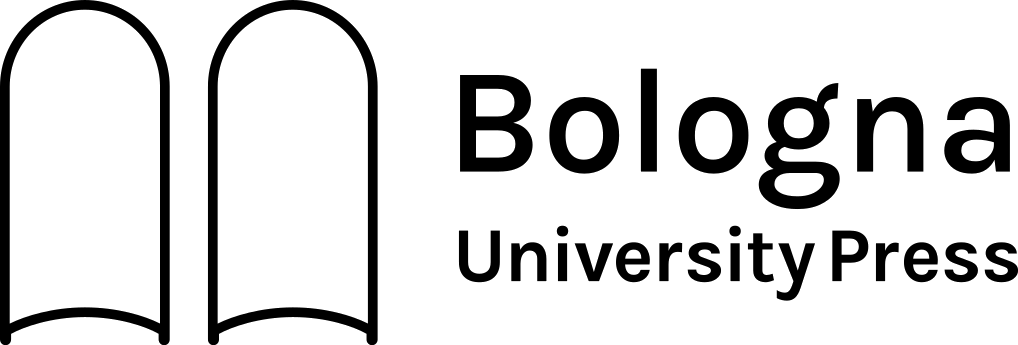Abstract
This paper analyses construction features and performances of additional storeys in historic buildings. The recurring characteristics of these historic accretions are investigated by focusing on the cultural heritage of Palermo, where the practice of extending buildings by raising new levels was widespread both in monumental and vernacular architecture, in public and private constructions. The performance deficiencies of additional storeys are examined in terms of structural safety, thermal comfort and building energy demand. On this basis, the utility of mapping these structures, their morphology and their location in the urban fabric is discussed.









